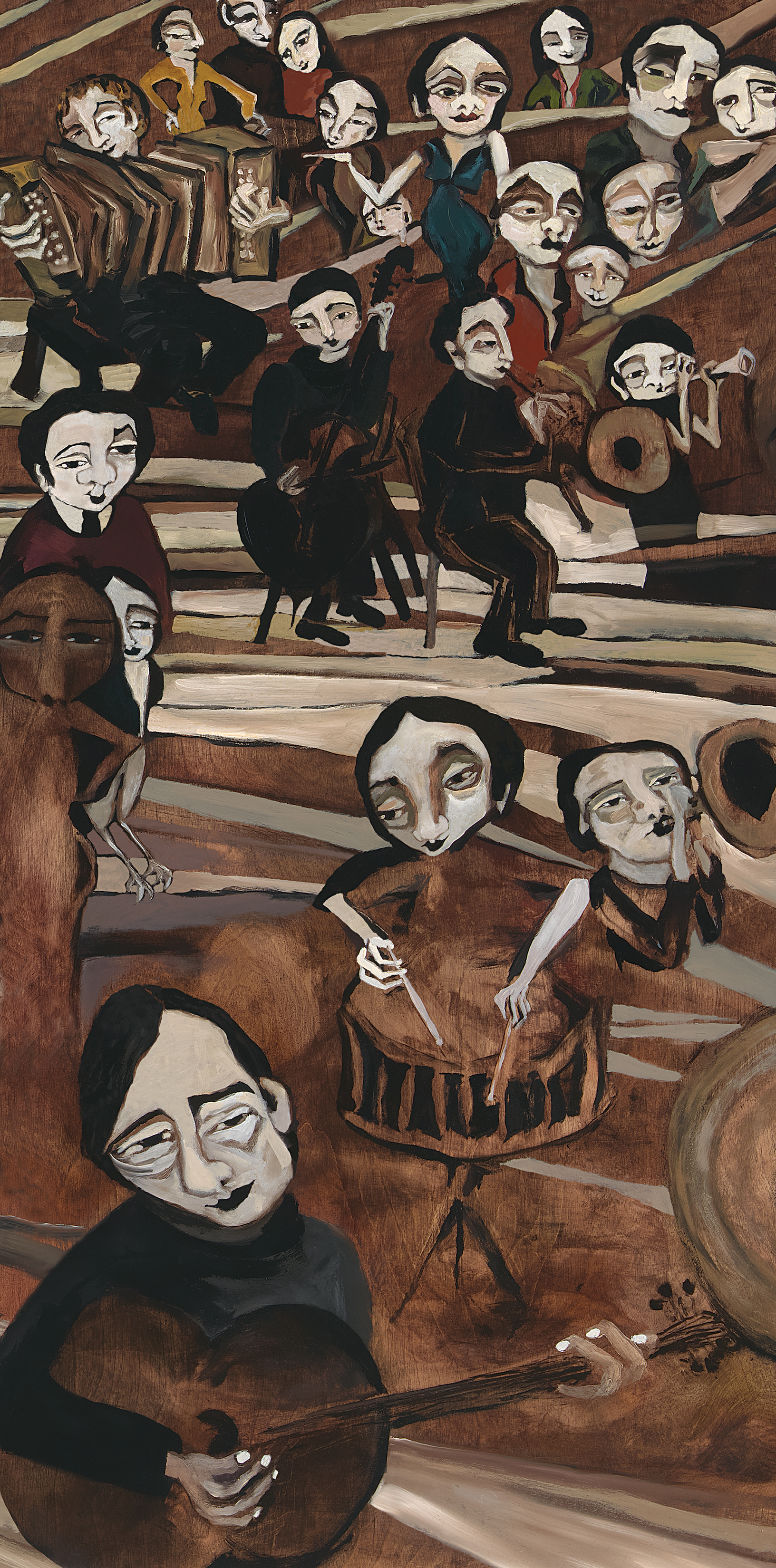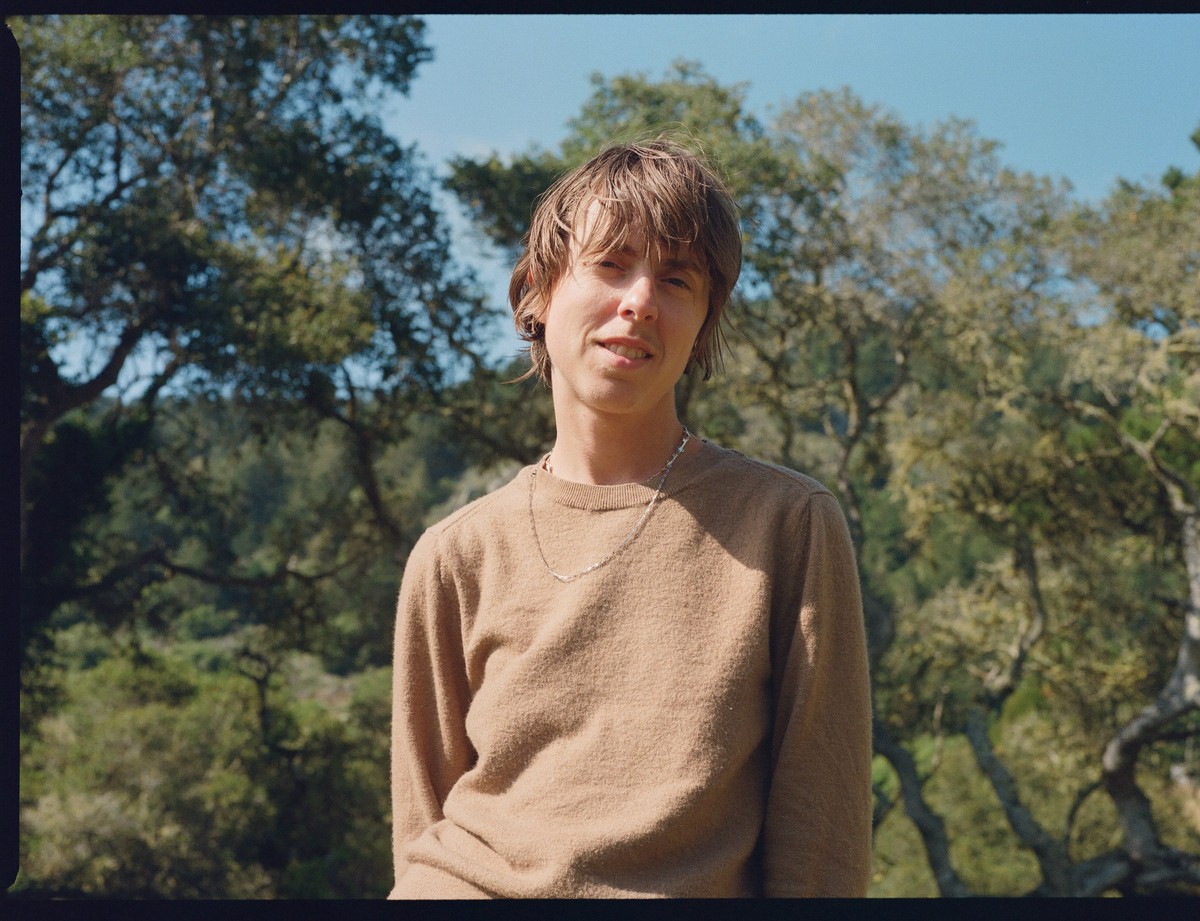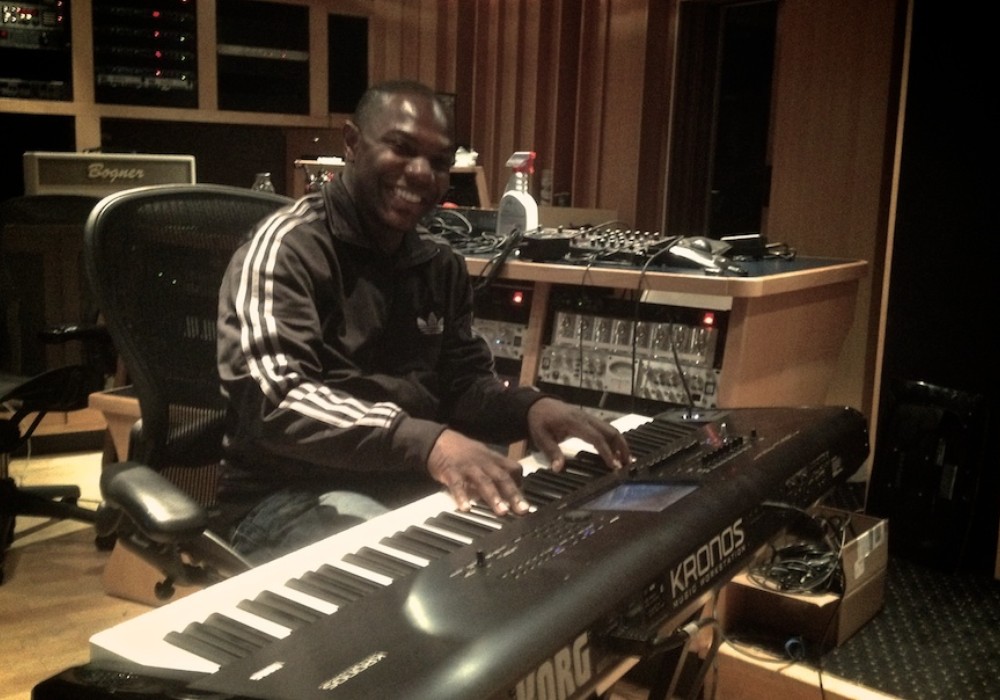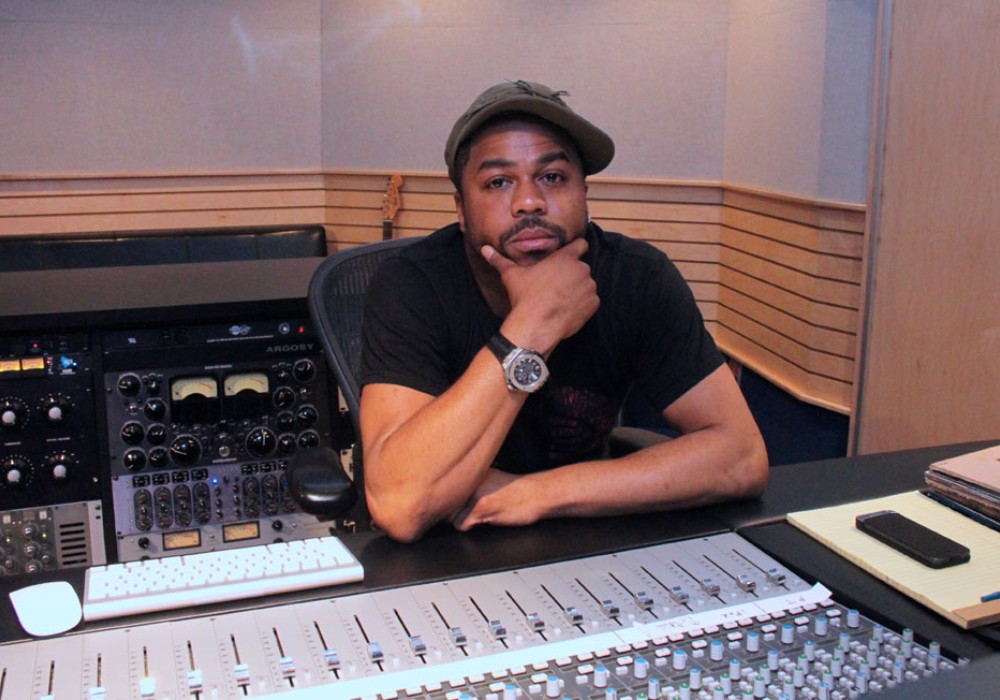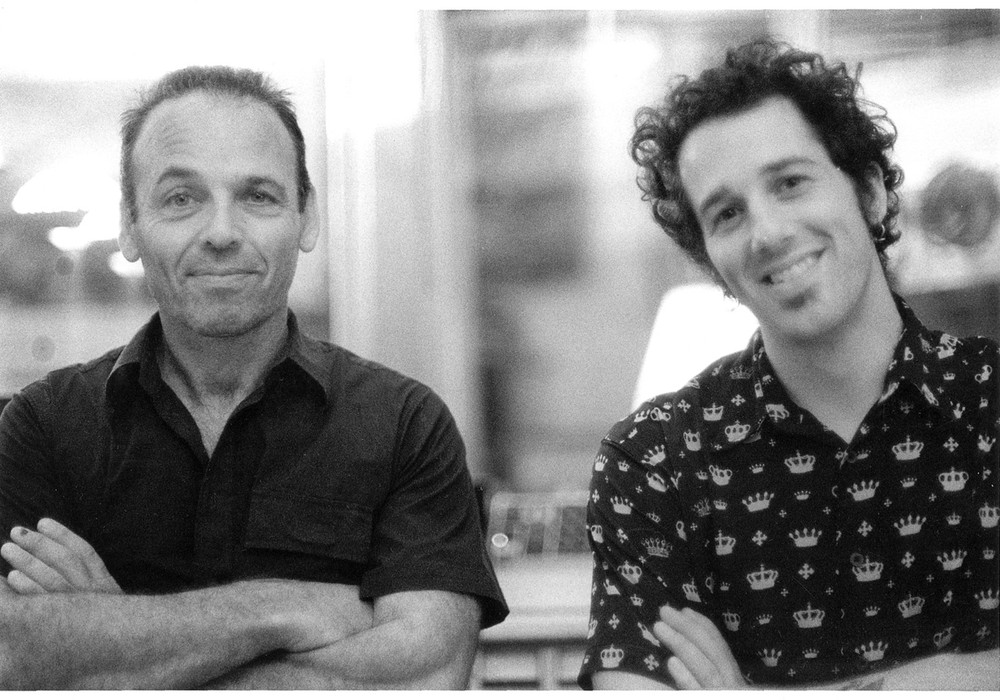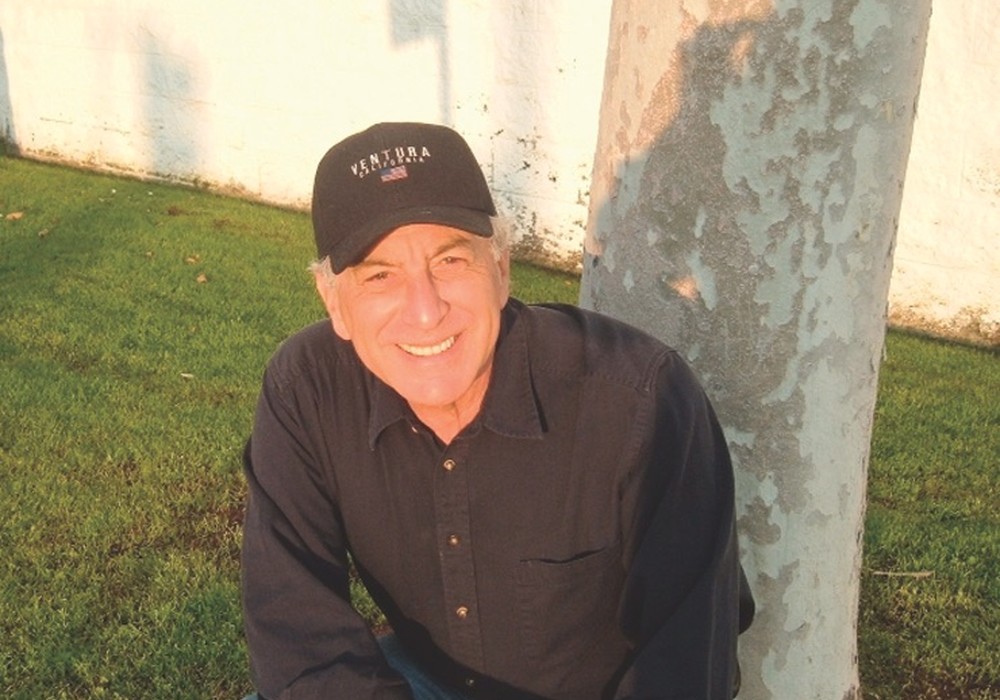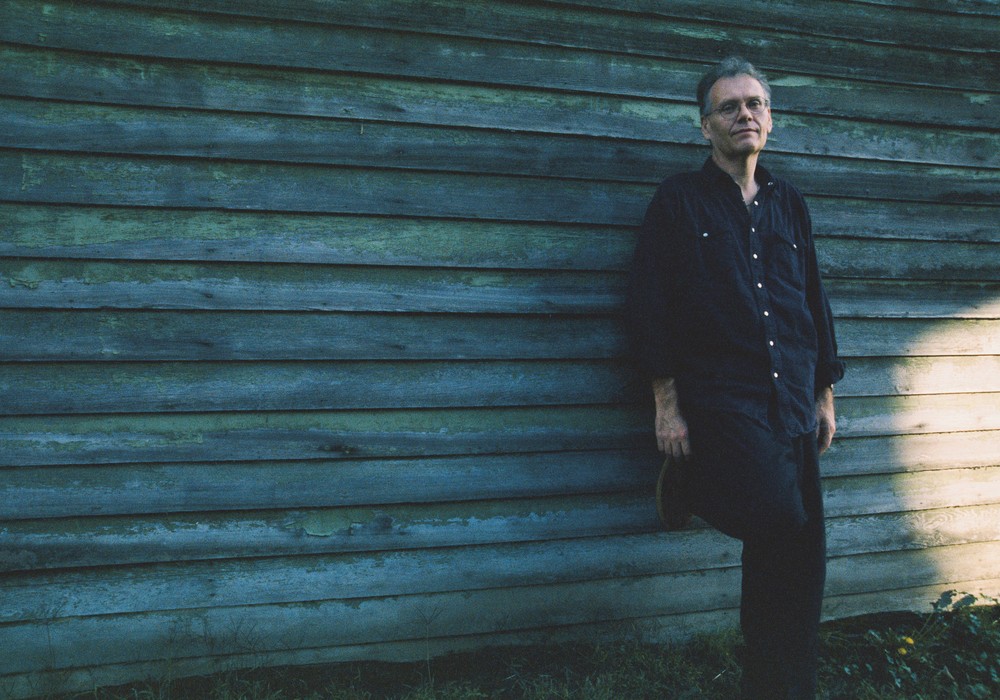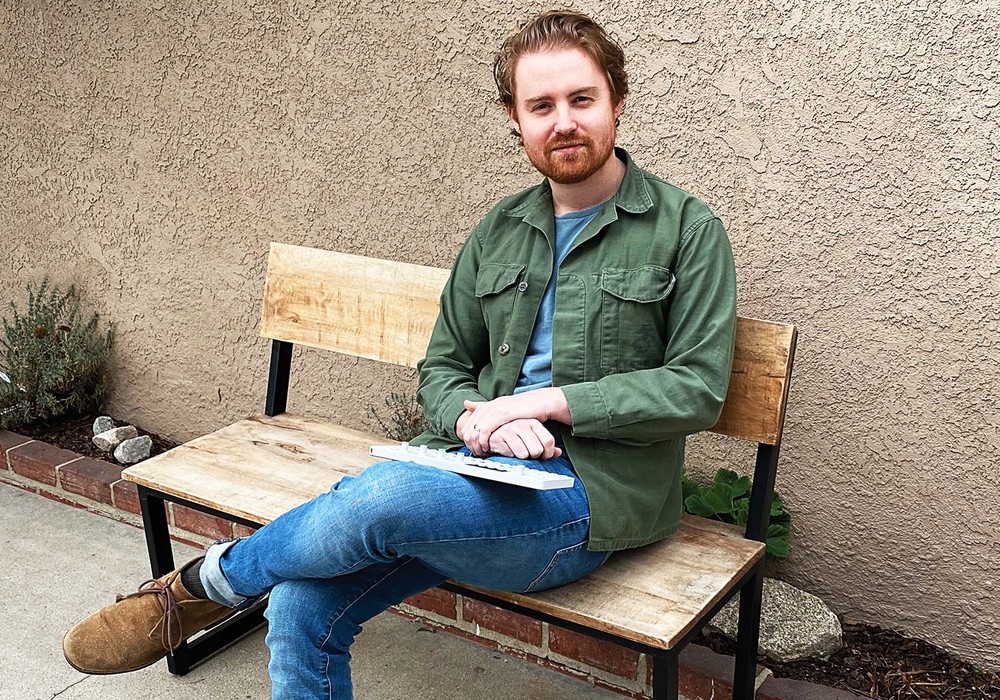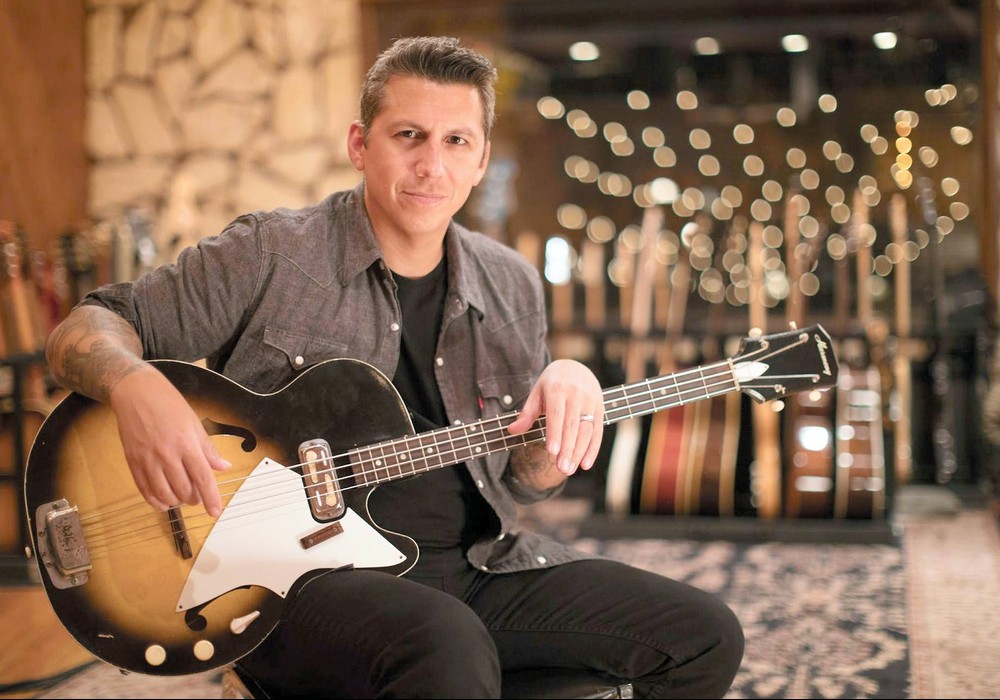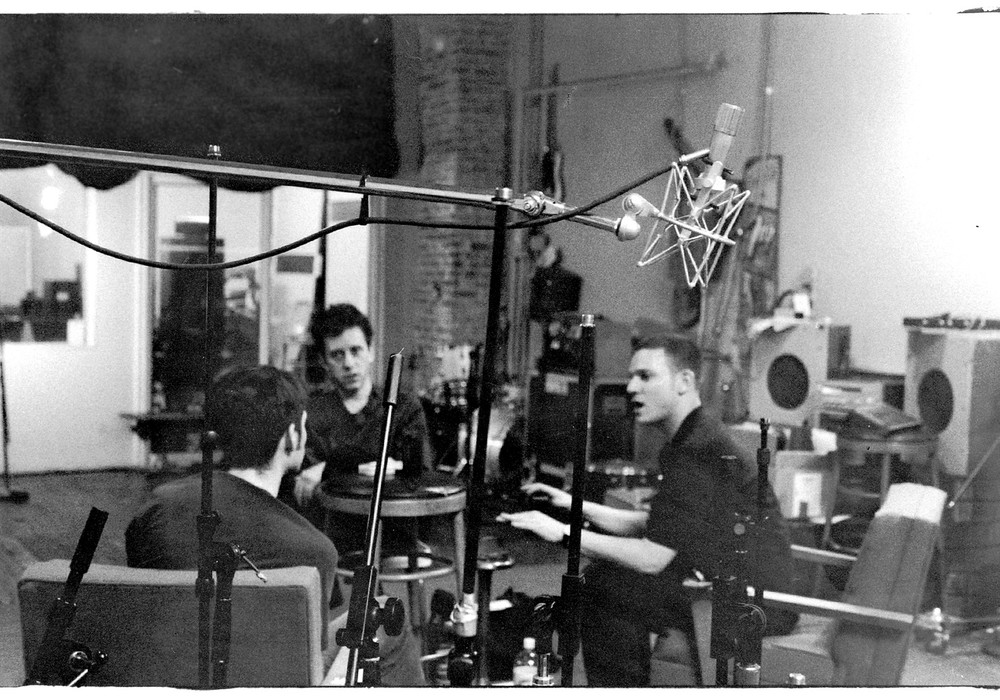For almost a decade, Meg Duffy has weaved intimate lyrics with imaginative melodies as Hand Habits while also contributing their talents as a guitarist to albums and touring lineups for artists including Kevin Morby [Tape Op #151], Weyes Blood, Sylvan Esso, and more. Their initial forays into home recording, as with their first LP, Wildly Idle (Humble Before the Void), have evolved into co-production collaborations, including Fun House with Sasami Ashworth (SASAMI) and Kyle Thomas, as well as their most recent EP, Sugar the Bruise, with Luke Temple [#126]. Through these experiences, a stint as a School of Song teacher, and years of session work (self-recorded or overseen in studios), they have absorbed a wealth of creative recording techniques and accumulated uniquely talented techie friends along the way who have enlivened and deepened their work with their builds. One could call it gifts of circumstance. Tape Op caught up with Duffy over Zoom, interrupted once by a rogue metal fabricator friend delivering a custom-made pedal board for Hand Habits’ summer tour.
Can you describe your evolution from largely self-produced/self-engineered work to your current arrangement with different co-producers?
Yeah. I didn't know anything going into it. I had an [Avid] Mbox, just one mic, and whatever borrowed gear I could find from friends. I started it in upstate New York with just demoing and making things – finding what felt good. I wasn't interested in high fidelity. I wasn't interested in anything other than making it feel exciting and playful and creative. I finished the first record when I moved to L.A. and I magically moved into this house where King Tuff [Kyle Thomas] used to live – the same room that he lived in, which I didn't even know until later. At the house, there was all this music gear in the basement that belonged to the guy who owned the house. It wasn't a lot of nice gear, just some microphones, clip-on snare mics, and some cables, and this beautiful acoustic guitar – beater, nylon guitar – that I fell in love with. Then, during the finishing of that process, since I didn't have much experience in studios or recording other than one channel, one preamp, one thing happening at once, there would be some days where I'd be getting some crazy buzz happening. I would spend four hours diving on the internet like, "Oh, is it a ground thing? Is it the power? Is my mic broken?" I would take the mic apart. Or, "Is my cable broken?" Then I'd get a new cable. And then I'd realize that the cable wasn't plugged into the fucking interface.
[laughs] You've got to love that!
That would lead me to not think about the music that I was making, because my brain would switch into troubleshooting tech with very little experience, knowledge, or resources other than the internet. That was almost eight years ago. Sometimes, even now, after having made so many more records and been a session musician for so long, half of the battle is figuring out what to search for. I'm grateful now that I can call somebody who has the knowledge and a studio, or, in my current situation, go upstairs [to ask my roommate]. With Wildly Idle, I got frustrated with how much time it took to think about whether I was getting a sound that was fitting the emotion of a song. And it's a lot of computer time, because I don't have an analog studio. For placeholder, I was lucky enough to [have met] my friend, Brad Cook [Tape Op #156], who co-produced the record, and we went to April Base in Wisconsin, which is our friend Justin Vernon's [Bon Iver] studio. I worked with Chris Messina and Zach Hanson on that record, and it was the first time that I had people doing the recording. For Fun House, Kyle [King Tuff] engineered it and Sasami produced it; we all had been living together in the pandemic. We would sit down and think about what we wanted the palate to be. We liked the sound of [Fleetwood Mac's] Tusk and how there's a lot of dryness. With Wildly Idle, the thing that I did a lot was add reverb, because it was my first record. I would not even put a plug-in on a bus, I’d just drop it in on the channel. My computer crashed and I'd have to restart it – inefficient, but also very real and true to the way that I entered recording and what excited me. I was writing the songs in my bedroom where everything is quiet and sitting close to the microphone. I couldn’t really gain stage that much without cranking the noise floor. I started writing songs at soundcheck, so the songs needed more headroom. I was performing them and writing them in a different way, so they needed to be recorded in a different way. Then, with Sugar the Bruise, I wanted it to sound really hi-fi, and Panoramic [House] was a great place to do that. The first time I went to that studio and met John [Baccigaluppi], who co-owns it and runs it, was with Kevin Morby. I remember going there and...
